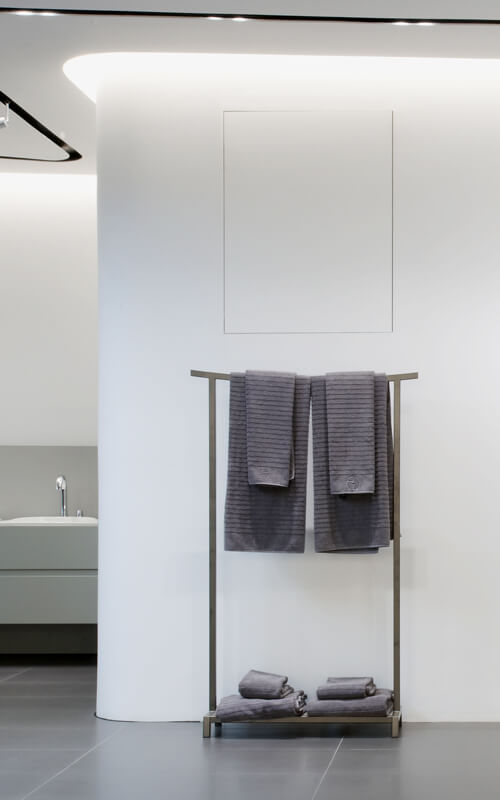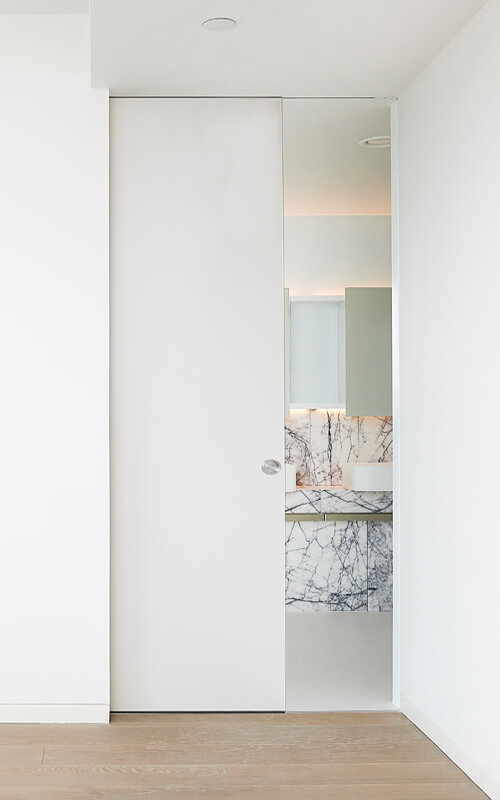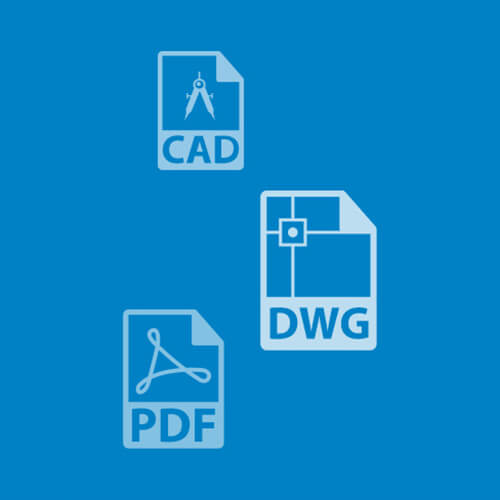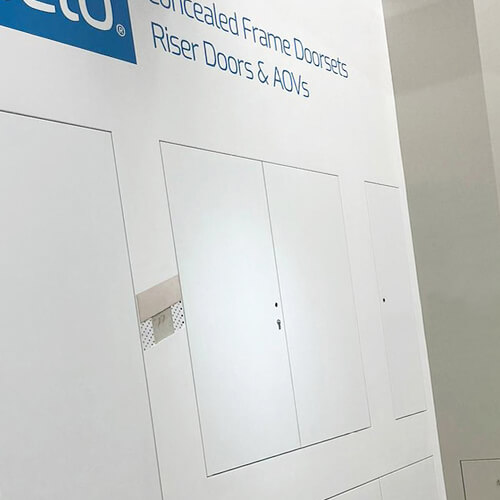There’s no hiding from social media in 2017. Even if you prefer not to use social media for one reason or another in your personal life, you really can’t afford to be so selective when it comes to your architecture firm.
Social media allows people who are already familiar with your firm to connect with you online, and it allows you to demonstrate your thought leadership in your field, as well as providing the platform to build new relationships with prospective clients.
There are four main social media platforms that all architecture firms should consider signing up for. These are Facebook, Twitter, LinkedIn and Instagram.
In our latest blog we’ll take you through the main things you need to be aware of on each platform to get yourself started on social media, from general pointers through to creating and sharing content to build your online community.
Getting started
While the four main platforms are similar in many respects – i.e you share content with friends and followers, with whom you can interact with a personal (message) or impersonal (‘like’ etc) basis – nevertheless each platform is unique in its own way. To succeed at social media, each platform should be considered on its own terms; one of the biggest mistakes social newbies make is to blithely send out the same update on three or four different platforms. Be sensitive to the differences of each social media platform and cater your content and tone of voice accordingly.
Twitter
Make your Twitter bio relevant as it ranks on Google
Make sure your media gallery is full
Build Twitter lists to keep track of feeds relevant to your firm
Facebook
First 140 characters in ‘about’ section ranks in Google
Use ‘Insight’ for analysis on the performance of your page.
Include more than one ‘page admin’ to ensure security
Use ‘Pages to Watch’ to analyse competitors and identify areas for improvement on your own page
LinkedIn
Take time to fill out all fields to rank well with site search
Your company description ranks with Google
Encourage employees to build profiles and attach it to your business
Instagram
Keep it light. Instagram is a fairly irreverent platform, so avoid staid corporate language and bland photography.
Building an Online Community
The key to building an online community on social media is to bring people together around shared values, ideas and topics, and not just your services. For an architecture firm, identify the elements of architecture and/or design which you specialise in, and engage people who already hold an interest in that topic. Focus on engaging followers who will derive value from your content rather than attracting followers en masse. It’s infinitely more valuable to have a small but engaged audience, who interact with and share your updates, rather than a massive audience who are generally indifferent to your posts and your brand.
Twitter
Use hashtags to find people interested in your specialist area
If the community grows, consider using Twitter chat to solidify relationships
Use Twitter lists to identify and segment your audience
Facebook
Engage with all comments, positive or negative, due to high visibility
These interactions create newsfeed stories leading to more visibility
Consider hosting a Facebook group related to your area of interest. Keep in mind that a public group may require heavy moderation
LinkedIn
Use LinkedIn groups to host discussions and engage in conversations relevant to your particular area of expertise
Instagram
People tend to use a lot of hashtags on Instagram, so don’t be afraid of including numerous hashtags related to your firm and architecture generally to expand the reach of your updates
Create a hashtag unique to your brand, and engage positively with other users who pick it up
Interact with your ideal users and/or industry influencers by liking, following and commenting on their updates
Sharing Content
A common mistake made by many brands on social media, architectural or otherwise, is to use the platforms to relentlessly promote their products or services. This approach will only result in people either unfollowing or mentally disengaging from your account. Instead, think about creating unique value that is independent of your services. If you can win people’s attention and trust through you and your brand’s personality, they will be more receptive when the time does come for you to talk about how great your services are.
Twitter
Tone of voice and language should be clear, concise and to the point.
Keep retweeted content at roughly 20% of your output.
Facebook
Organic, non-paid post reach is on the decline so consider Facebook Ads to boost your reach.
Short posts are more effective, so keep the length of your post to around 120 characters.
Post with large images prioritised in news feed. (minimum size to generate large thumbnail is 600 x 315 pixels.)
LinkedIn
Position your firm as a leader in your specialist area
Employees are your best brand advocates, so encourage them to interact with your account
Keep on top of industry developments to demonstrate your thought leadership
Instagram
Use filters to maintain visual consistency on your photos
Use Instagram Stories to create a slideshow. This is often a good opportunity to be playful, and maybe show relaxed face of your firm with some behind-the-scenes footage
What are you waiting for?
These tips are just the start, but using these channels can really support your firm’s overarching marketing strategy by creating meaningful engagement with prospects, customers and the industry as a whole.






























